Terry Doe gives his final verdict on the sub-£600 digital day/night vision riflescope - the Sightmark Wraith HD 2-16x28
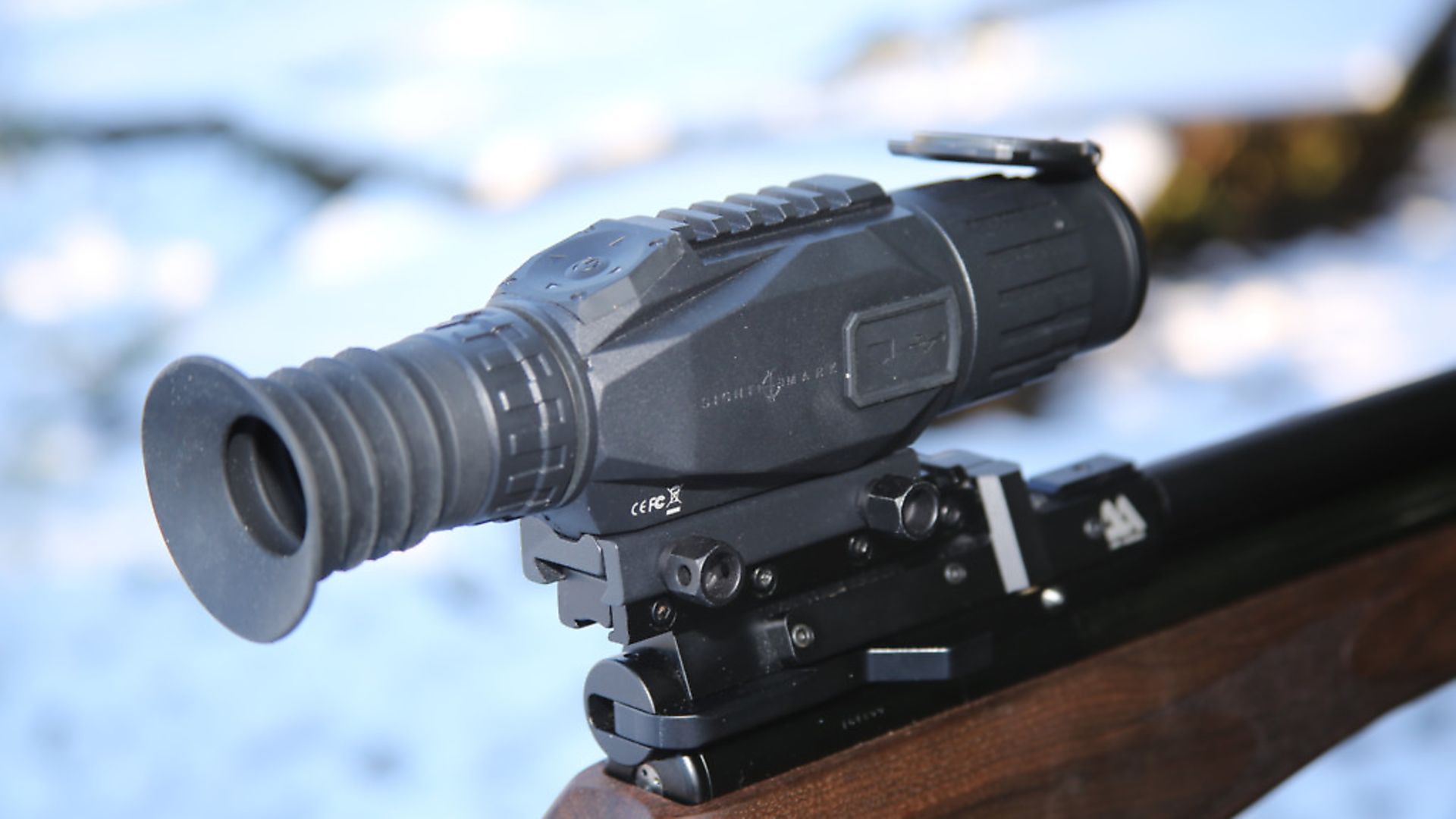 credit: Archant
credit: Archant
Over the past month, I’ve been getting out when I can with the Sightmark Wraith, electronic day/night rifle sight, mainly to see what it could teach me about the very latest – to me at least – airgun technology. Last month, I covered the Wraith’s features, functions and set-up, and if this is your first encounter with this remarkable rifle sight, I’d strongly suggest having a read of it here.
This time around, I’d like to concentrate on the purely practical aspects of owning and using the Sightmark Wraith, and I’m going to do that from the perspective of an experienced airgun shooter and hunter, who has yet to fully embrace the potential of this kind of technology. Stand by for a torrent of plainspeak, more than matched by a tidal wave of enthusiasm. I’ll confess right now; I have never enjoyed being a raving-keen novice again, more than I have these past few weeks.
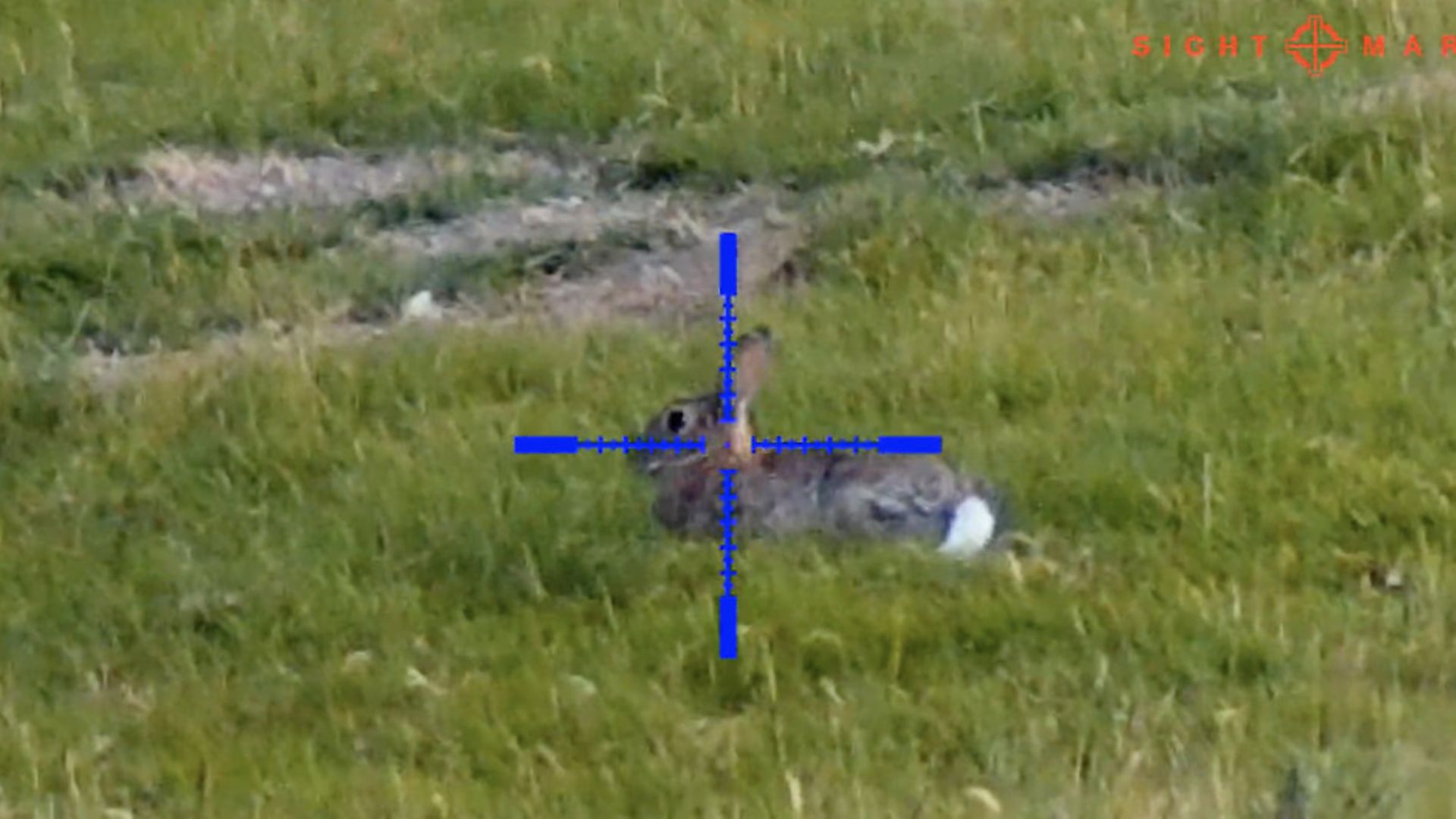 credit: Archant
credit: Archant
OVERVIEW
What I’ve been using, is a £599 – that affordable price is a crucial factor – battery-powered, rifle sight that offers round-the-clock hunting via its night-vision capability, a digital zoom facility that stretches from 2x to 16x, HD colour daylight imaging, a choice of 10 reticles, 9 colour modes, easy zeroing, and the ability to record what you’re seeing, thanks to a micro-SD card, which you can buy, complete with an adaptor so it slips straight into your computer’s SD slot, for just over seven quid.
You’ll need a Picatinny mounting adaptor if your rifle has dovetails, but that’s no big deal, either, plus the required rechargeable batteries to run the Wraith and the supplied 800nm infra-red illuminator. That’s the hardware sorted; now let’s see how I got on with it.
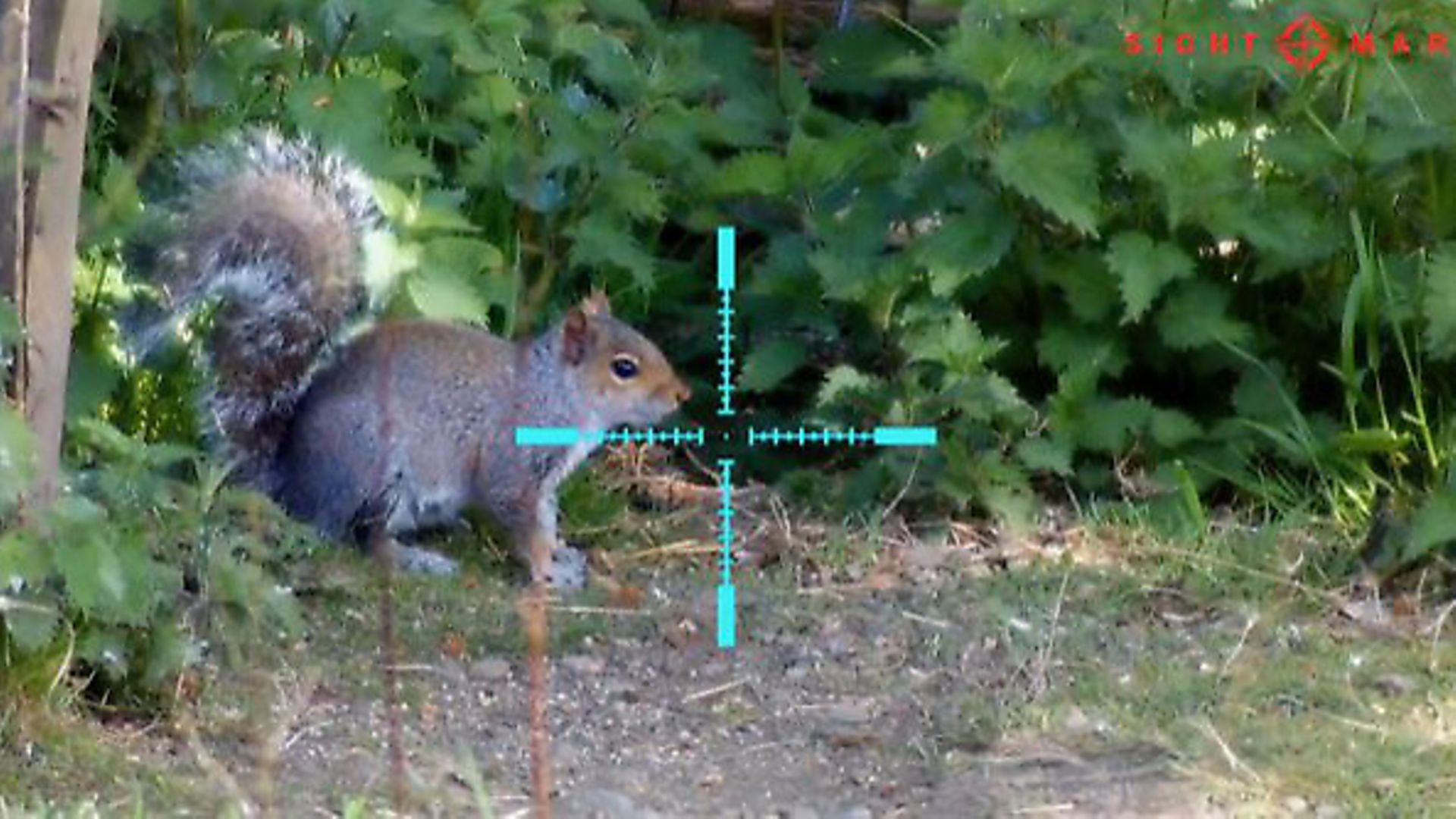 credit: Archant
credit: Archant
I COME IN PEACE
The isolation of lockdown, or perhaps galloping senility, seems to have me conducting conversations with myself on an increasingly regular basis, and the first statement I made to me was that I wasn’t about to learn the Wraith ropes on living targets. This meant that my first mooches afield would be with an unloaded rifle, until I felt as confident as I normally do that I’m up to the job. As it turned out, the weather agreed with me, and promptly threw a ton of snow and freezing rain at me during most of my voyages of discovery.
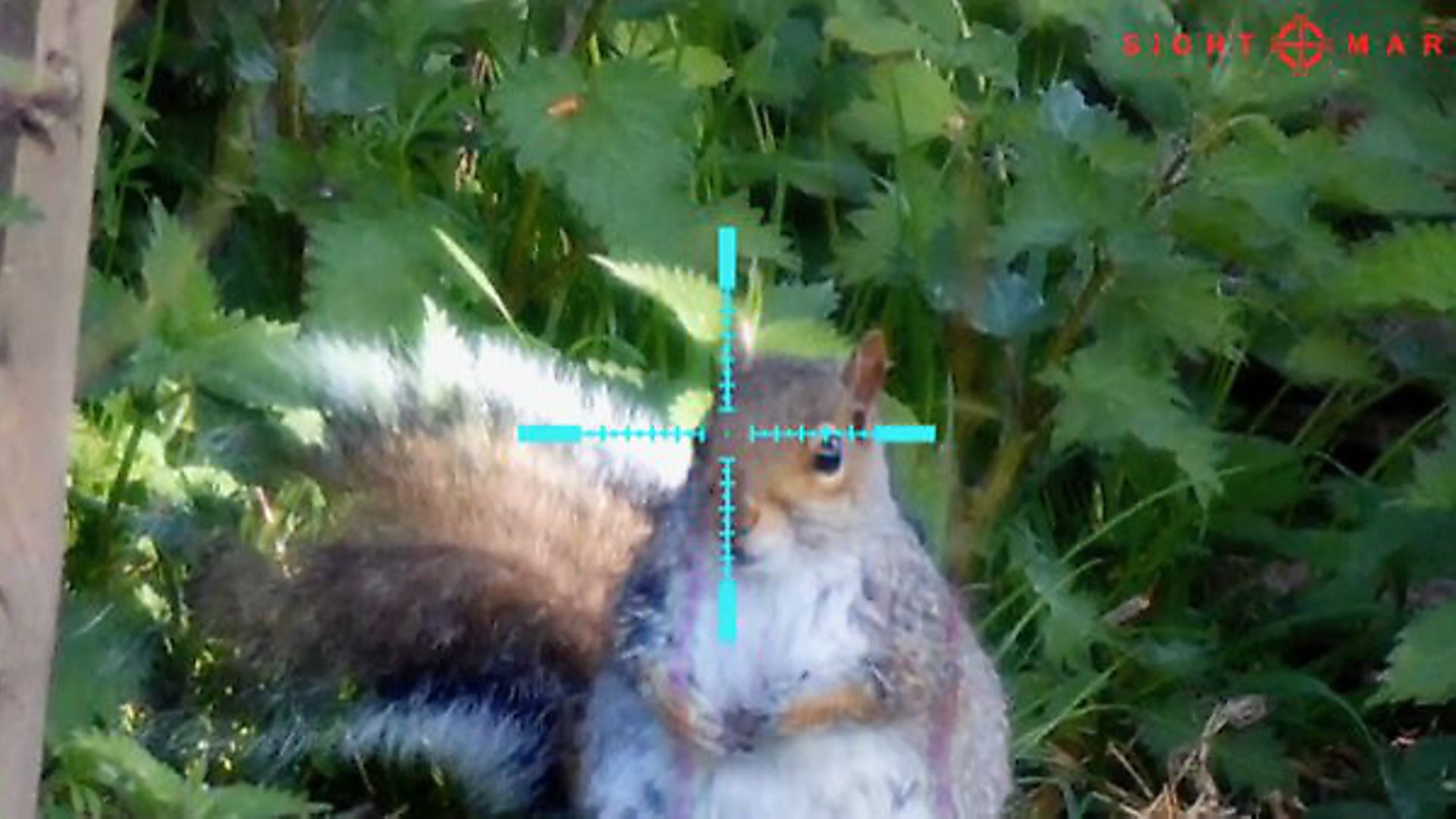 credit: Archant
credit: Archant
MY FIRST FIELD SESSIONS
Relieved of the burden to put something in the bag, I relaxed and moved about my ‘easiest’ permission as a highly enthusiastic observer. I had magazines and pellets for the Air Arms Ultimate Sporter with me, for accuracy training duties, but the twain never met whilst I was looking for targets to assess.
My first, of what turned out to be very few, encounters with something worthy of my game bag, came when I spotted a rabbit grazing near the edge of a frozen stream. I had no cover to hide my approach, so I just went ‘low and slow’, pausing when the rabbit lifted its head, until I was within 35 yards of my training module.
 credit: Archant
credit: Archant
GOTTA HAVE A SYSTEM
I risked a numb bum and went into sitting mode, squeezing down on the Wraith’s power button for a few seconds to activate it. I had around 3.5 hours of run time available from the unit’s four AA batteries, but I wanted to develop as economical a system as I could, so I switched it on and off between encounters. Thanks to reader, Steve Gould, a far more experienced Wraith user than I am, I now know how to ‘pause’ the unit, by holding down the ‘reduce magnification’ button until the screen goes blank, and reactivating it instantly with a single blip of the power button. Thanks, Steve, and thanks also for the battery recommendations and directions to the online forum. See? We Wraith-using types are a friendly bunch.
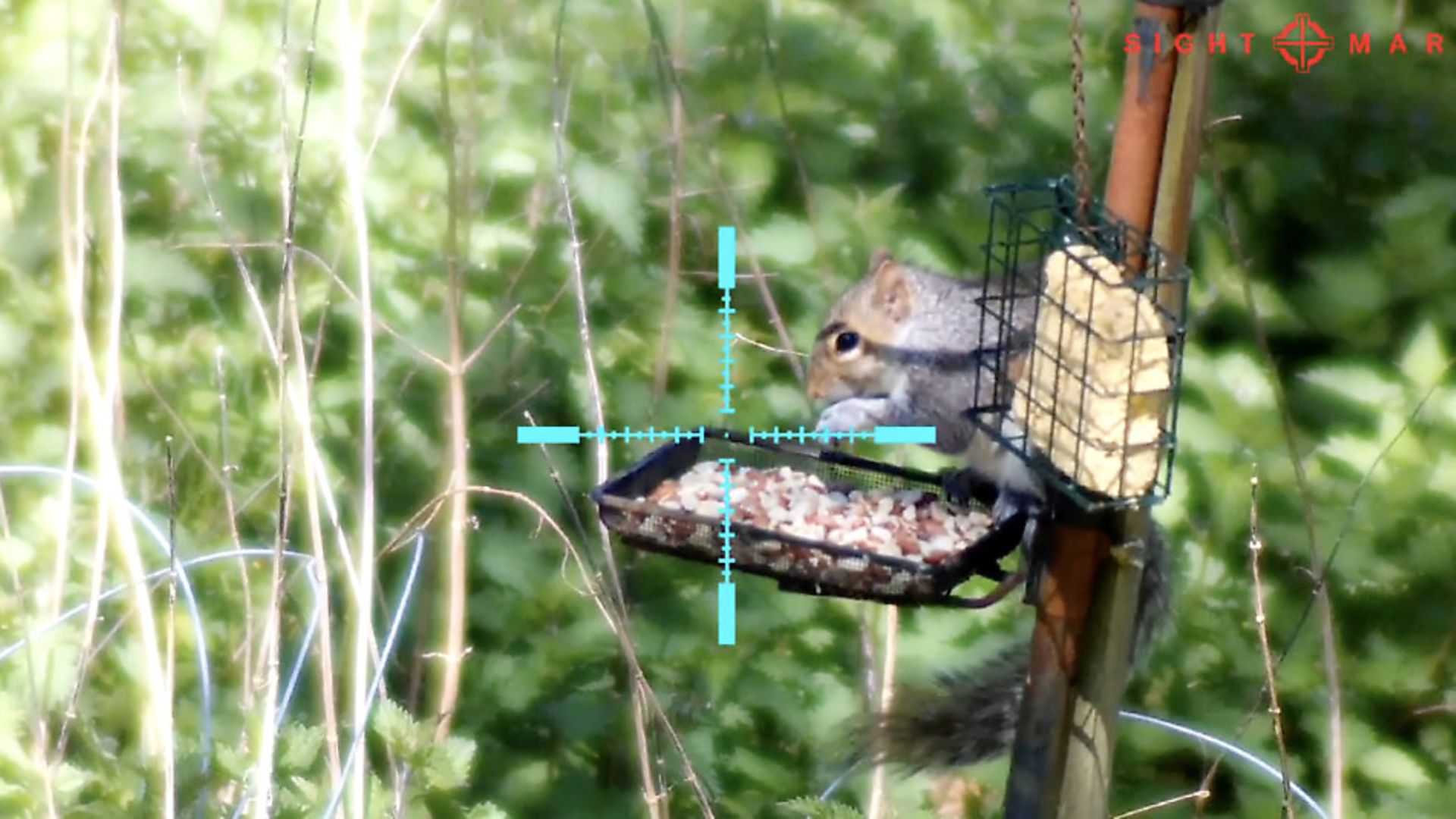 credit: Archant
credit: Archant
COULD I HAVE BAGGED IT?
Short answer, yes. With the Wraith set at 12 x magnification, I was as steady as a rock, and with the absence of wind, I know that rabbit would have been nailed. Yes, I was tempted to load-up a magazine and prove my effectiveness in the most definite way possible, but this shoot isn’t overrun with rabbits and my freezer is stuffed-to-groaning with them. Besides, I’d made a deal with myself. I zoomed in and out a few times, then switched to a kneeling stance, and when pins-and-needles started to zing around in my supporting foot, I stood clumsily and spooked the rabbit. Point proven.
WILL THE WRAITH REPLACE MY SCOPES?
Another short answer, no, but I will be adding a Wraith HD to my armoury. I’ll carry on with my scopes for most of my dawn-to-dusk hunting, and keep on developing my partnership with the Wraith for ‘specialist’ work, of which I’ll be doing more, purely because of the Wraith. It’s fair to say that this device has rekindled my desire to haunt rat-infested barns and stables, to plot up on the edge of paddocks, where the nocturnal scrapings of rabbits endanger horses, and to be out there and doing it when and where I haven’t been for years.
MY CONSIDERED VERDICT
The truth is, I’m not really ready to sign off on this test completely, because I’m still learning about the best way to use the Sightmark Wraith HD, and how airgunners can get the most from their 600 quid investment. Thus, I’ll be revisiting this game-changing device in a future issue, and on our TV channel. For now, here’s a selection of the most important things I’ve learned.
First, as explained last month, to get the very best from this sight, take all the time you need to get it set up on your rifle. Any sight used at night will be more efficient if your eye locates it naturally. Again, make every effort possible to get your eye/sight alignment perfect. The Air Arms Ultimate Sporter is my ideal rifle for this, due to its adjustability. At this level, we shouldn’t be introducing compromise in any way, if it can possibly be avoided.
Next, I’ve just learned that Sightmark is developing a plug-in battery pack for the Wraith that will give it a 10-hour run time. That’s fantastic news, although carrying 12 spare AA rechargeable batteries will give me the same service, and swapping out each set can be done in seconds, so I’ll be sorted whatever happens.
Also, given the height of the Wraith off the bore of the rifle, a spirit level would be a good idea, as these things are with any significant scope/bore separation, where canting your rifle can cause the dreaded ‘phantom windage’. Yet again, proper fit and alignment will help to avoid this.
Finally, the recording facility the Wraith HD provides adds yet another dimension to something that has already changed my shooting life. Not only will this device encourage me to get out there more, but I’ll also be able to record my exploits and adventures whenever I fancy it. That’s important to me, for later broadcast on our channel and for my personal archives.
Really finally, on the ‘stuff I’ve learned’ front, the supplied IR illuminator seems to give me all the performance I need for airgun use, including high-power FAC models. I believe the inclusion of this illuminator pushes the Sightmark Wraith even further into the ‘amazing value’ category.
MY PERSONAL SET-UP
I’ll be using my Wraith as a dedicated combination. It will have its own rifle, the Ultimate Sporter, and I’ll train myself into a happy foam until I’m as good at what I do as the gear I’m using. Seriously, I’m looking at the Wraith HD now, and once this article is finished, I’ll be prowling round the garden with it, just for the enjoyment of using it. Yes, lockdown might have scrambled a brain cell or two, but as long as I have fantastic new hardware to brighten the gloom – literally – I’ll be fine. Check out the Sightmark Wraith HD as soon as you have the chance. It could change your shooting life like it has mine.